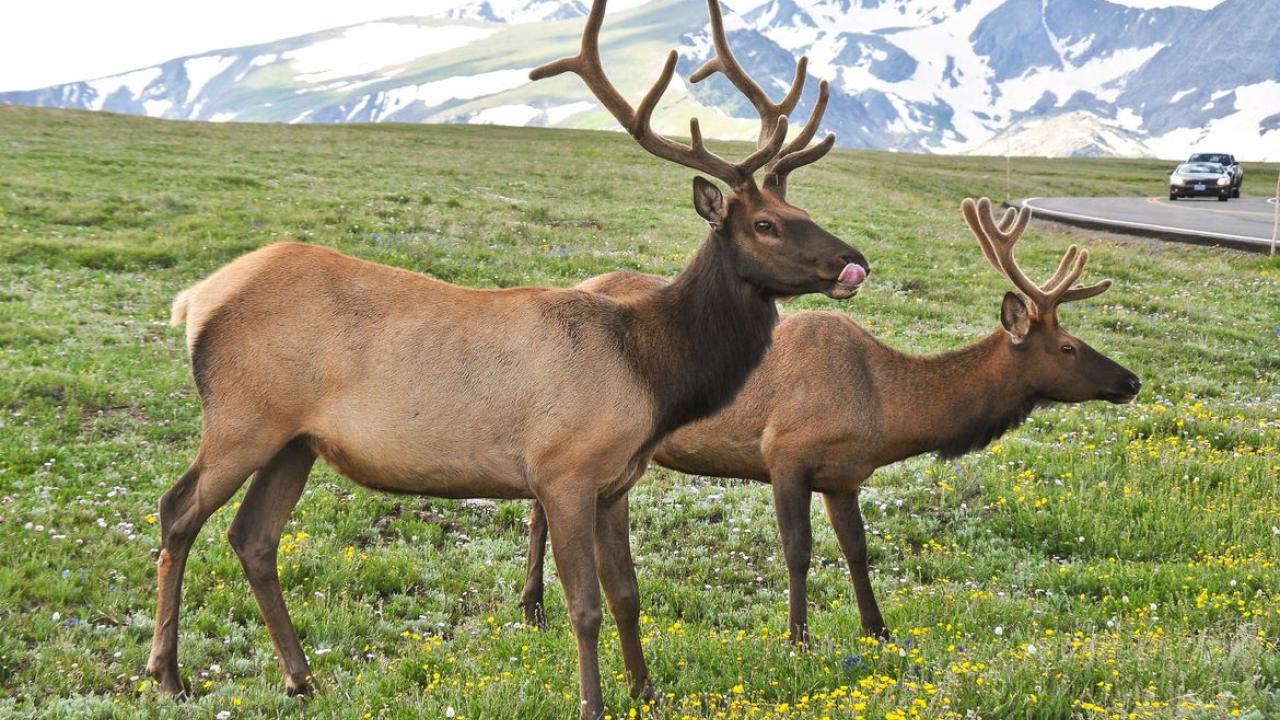Wildlife bridges and tunnels protect animals from vehicle collisions and help prevent inbreeding among small and vulnerable populations hemmed in by human development. But whether animals feel safe using these crossings is another story, say UCLA researchers and colleagues who studied the reactions of deer and elk around a wildlife tunnel beneath a four-lane highway.
“It’s only through studies like this that focus on how animals perceive and react to the stimuli in their environment — which can either attract them or repel them — that we’ll gain the necessary insights to develop effective wildlife crossings,” said co-author Daniel Blumstein, a UCLA professor of ecology and evolutionary biology. “Importantly, different species are likely to respond differently, and other external contextual cues might also influence how a given species responds.”
Corresponding author Eric Abelson, who also worked on the study as a postdoctoral fellow at UCLA’s La Kretz Center for Conservation Science, noted that while prior research has demonstrated that the passage of many vehicles affects animals, the current study is the first to observe animals’ roadside behavior in real time, both before and after vehicles passed.
For the study, Abelson and Blumstein worked with UCLA undergraduate student Mehdi Nojoumi to review a set of nearly 600 animal-activated videos collected by Montana State University road ecologist Anthony Clevenger. Nojoumi observed the behavior of the animals before and after vehicles passed and counted the vehicles. Surprisingly, the animals reacted more strongly when vehicles passed infrequently than when the traffic flowed steadily.
“We are not certain why animals are more responsive to fewer vehicles,” said Abelson. “It is possible that when there are many cars barreling down the road, they can be heard from farther away and don’t surprise the animals as much. If we can figure out ways to leverage wildlife behaviors, we may be able to make wildlife crossings more effective,” he added. “We hope that this study is just one of many that will examine different wildlife species and levels of traffic to better develop tools that increase the use of crossing structures by wildlife and, ultimately, protect the lives of humans and wildlife.”
Read more about this novel study at UCLA Newsroom.
Image Source: Kent Kanouse/Flickr





